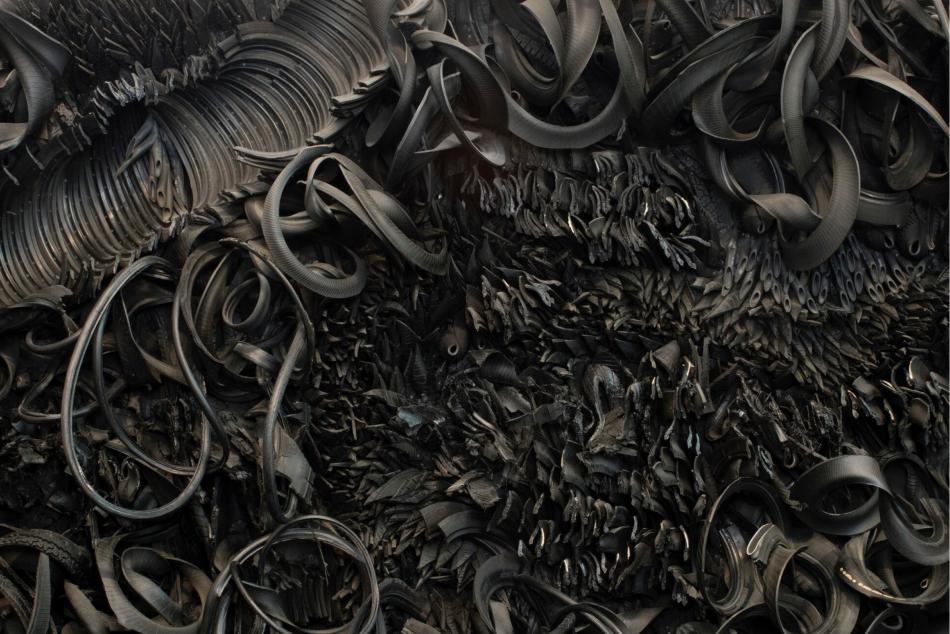Little Beasts: Art, Wonder, and the Natural World
-
-

Celebrate opening day of Little Beasts: Art, Wonder, and the Natural World with this overview by artist Dario Robleto and exhibition curators Alexandra Libby, Brooks Rich, and Stacey Sell. A signing of the exhibition catalog will follow in the East Building Concourse Shop.
About Little Beasts: Art, Wonder, and the Natural World
Experience the wonder of nature through the eyes of artists. Look closely at art depicting insects and other animals alongside real specimens.
Art played a pivotal role during the dawn of European natural history in the 16th and 17th centuries. Advancements in scientific technology, trade, and colonial expansion allowed naturalists to study previously unknown and overlooked insects, animals, and other beestjes, or “little beasts.”
A delight for all ages, this exhibition features nearly 75 of these paintings, prints, and drawings in a unique presentation alongside specimens and taxidermy from the Smithsonian National Museum of Natural History. Learn about the rich exchange between artists and naturalists that sparked a fascination with earth’s living creatures, big and small. See how this intersection of art and science continues to inspire us today in a new film by Robleto.





